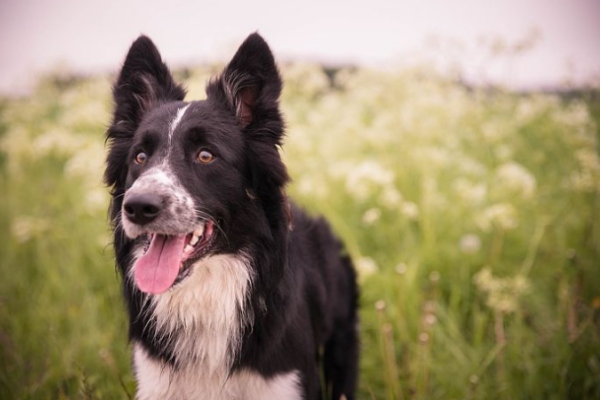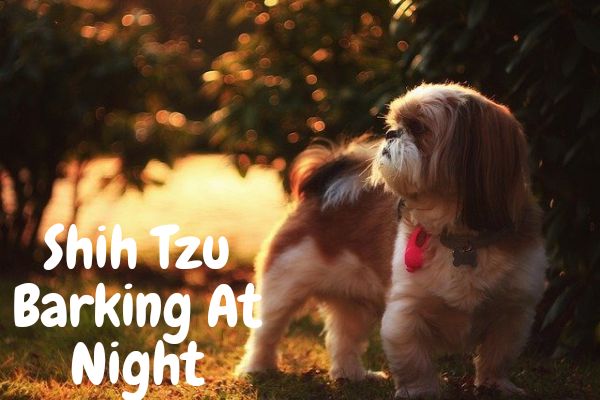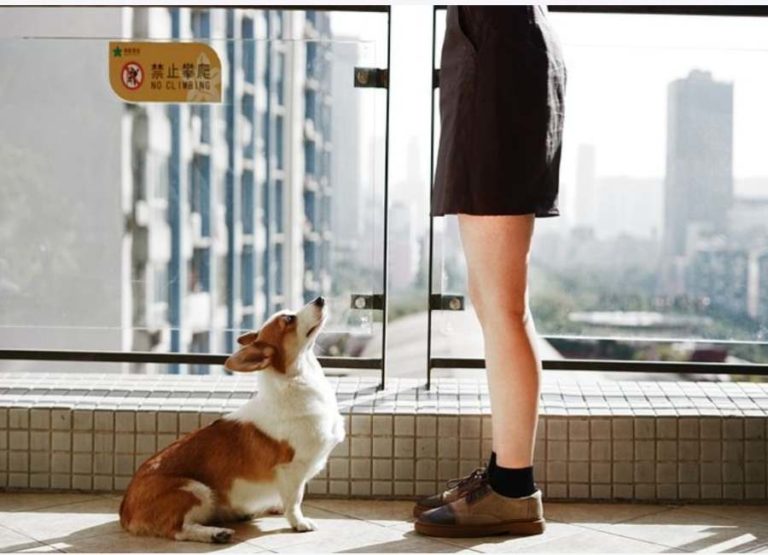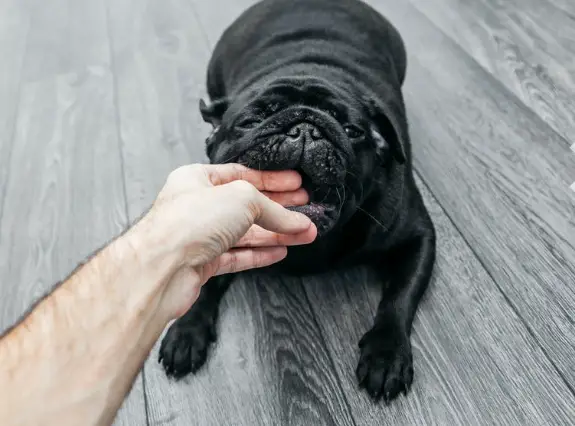Dog Possessive Of Toys With Other Dogs [Explained]
![Dog Possessive Of Toys With Other Dogs [Explained] Dog Possessive Of Toys With Other Dogs](https://petcreeks.com/wp-content/uploads/2023/02/Dog-Possessive-Of-Toys-With-Other-Dogs.jpg)
Does your pup become possessive of their toys and rawhide when other dogs are around? If so, you’re not alone!
Many dog owners have experienced this territorial behavior in their canine companions.
But don’t worry – there are ways to help your pup learn to share their toys and rawhides with other dogs.
In this blog post, we’ll discuss the reasons why dogs can become possessive of their toys and rawhides and provide you with practical tips on how to teach your pup to share.
So if your pup is possessive of their toys and rawhides, keep reading!
Dog Possessive Of Toys With Other Dogs
Possessive behavior in dogs can occur if a dog feels a particular item, such as a toy, is highly valuable to them.
This can lead to aggressive behavior toward other dogs or people that come close to the item.
To help prevent this behavior, it is important to set boundaries and provide plenty of positive reinforcement when the dog is sharing their toys or treats.
It is also important to arrange smaller play dates with other dogs at a separate location, away from the dog’s toys.
Additionally, teaching the dog the “give” command can help to reduce possessive behavior.
Finally, providing plenty of exercises and mental stimulation will help to keep your dog’s energy levels in check and reduce the likelihood of possessive aggression occurring.
Learn more about why dogs lick other dogs’ ears.
Reasons why are dogs possessive of toys with other dogs
There are several reasons why dogs may be possessive of toys with other dogs:
- Resource guarding: Dogs naturally have the instinct to protect resources, such as food, toys, and space. When there are other dogs around, this behavior may get worse because the dog may feel the need to protect its toys from the other dogs.
- Lack of socialization: Dogs who have not been exposed to other dogs since they were puppies may not know how to share their toys and resources. They could become territorial because they perceive other dogs as a threat to their toys.
- Fear or anxiety: As a coping mechanism for their feelings, dogs who are scared or nervous may become possessive of their toys. When other dogs attempt to take their toys away, they may react defensively because they feel that their toys provide them with comfort and security.
- Competition for attention: Dogs that are competing for their owner’s attention may become possessive of their toys in an effort to win that person’s love and attention. They might believe that playing with their toys helps them bond with their owners, and they might get agitated if other dogs try to get in the way.
- Lack of training: Dogs who haven’t been taught to share toys and other resources may not be aware of the limitations and guidelines associated with toy play. To learn how to share toys and behave with other dogs correctly, they may need direction and training.
Signs of possessive behavior in dogs
Growling, snapping, refusing to give up a toy or reward when asked, hoarding toys or treats, and displaying aggressive behavior when other dogs or people approach are typical indicators of possessive behavior in dogs.
Dogs can also lick their lips, yawn, flash the whites of their eyes, tuck their tails, pin their ears back, and bark vehemently.
It’s crucial to deal with your dog’s possessive behavior right away and, if required, seek professional advice.
Learn more about stopping dogs from barking at other dogs.
Strategies for managing possessive behavior in dogs
Here are some common ways to manage possessive behavior in dogs:
- Socialization: To make your dog feel at ease around people and other animals, begin socializing with them at a young age. This may aid in halting the emergence of possessive behavior altogether.
- Positive reinforcement training: Employ tactics for positive reinforcement to encourage good conduct and deter possessive behavior. Toys, praise, and treats are examples of this.
- Establish rules: Set ground rules and make sure your dog is aware of your expectations for their conduct. To assist avoid possessive behavior, establish rules like “no jumping on people” and “no grabbing food off the table.”
- Avoid triggering situations: Refrain from placing yourself in situations that could make your dog possessive. This can involve removing toys or food from your dog while it is eating, as well as having strange animals or humans around your dog’s stuff.
- Redirect: Try diverting your dog’s attention to something else if they are acting possessively toward a specific person or object. Provide them with a toy or treat as an illustration to divert their attention away from the target of their possessiveness.
- Desensitization: Desensitization is progressively exposing your dog to circumstances or things that can incite possessive behavior. Start with milder stimuli and build up to more intense ones over time.
- Consistent exercise and mental stimulation: Exercise and mental stimulation should be provided on a regular basis to prevent boredom and frustration, which can lead to possessive behavior, in your dog.
- Toys and chews: Give your dog plenty of toys and chews to keep them entertained and stop them from developing a territorial attitude toward certain objects.
- Consistency: Be consistent with your training and how you treat your dog. Your dog may become confused and find it more difficult to comprehend your expectations of them if you are inconsistent.
Learn more about dogs barking at other dogs.
Frequently Asked Questions
How can I stop my dog from hoarding toys from other dogs?
Train your dog to share and take turns with toys as one strategy to prevent possessiveness.
Begin by instructing them to drop or leave something, rewarding them when they do so.
Also, you may promote friendly interactions between your dog and other dogs by watching over their playtime and stepping in to stop any hostile behavior as needed.
What should I do if my dog shows possessiveness over toys with other dogs?
To avoid any potential confrontations or injuries, it’s critical to deal with your dog’s possessiveness when it comes to toys with other dogs.
You might try diverting your dog’s focus with different pursuits, including fetch or obedience drills.
When playing with other dogs, you can also keep your dog apart from them or, if required, put him in a muzzle.
Is it normal for dogs to fight over toys?
Dogs frequently fight over toys, especially if they are not taught to share and wait their turn.
A more serious issue, such as resource guarding or territorial behavior, could be indicated by excessive fighting or aggressiveness over toys.
It’s crucial to get professional assistance from a veterinarian or animal behaviorist if your dog exhibits excessive aggressiveness toward toys.
Can possessiveness over toys with other dogs be a sign of a larger behavioral issue?
It is true that dominance over toys among other dogs may be a symptom of more serious behavioral problems, such as anxiety or aggression.
It’s critical to keep an eye on your dog’s actions and see any potential triggers that might be bringing on the possessiveness.
It is advised to seek expert assistance from a veterinarian or an animal behaviorist if the behavior continues.
It takes time and effort to teach your dog to share toys with other dogs.
Start by giving your dog a variety of toys and encouraging him to share them with other dogs when they are playing.
Treats and praise are effective positive reinforcement tactics to use when training your dog to share and take turns.
Your dog will eventually come to equate sharing with enjoyable events and become more receptive to sharing toys with other dogs.
Learn more about dog aggression towards other dogs.
Conclusion
To summarize, it is important to recognize that dogs can become possessive of their toys when other dogs are around.
It is important to take steps to ensure that all dogs in the household are able to enjoy their toys and to prevent any conflicts from occurring.
By providing plenty of space for each dog to play and interact with their toys, engaging in regular playtime activities with both dogs, and rewarding calm behavior, you can help foster an environment of harmony and security for all dogs in your home.




![Are Pomeranians Aggressive [Triggers & Control Tips] Are pomeranians aggressive](https://petcreeks.com/wp-content/uploads/2022/01/Are-pomeranians-aggressive.jpg)

